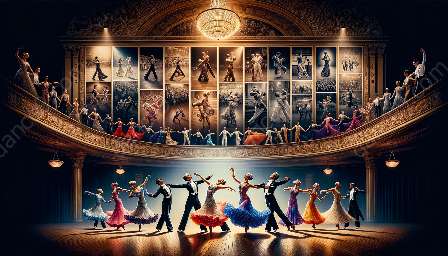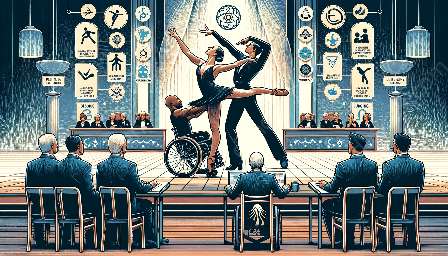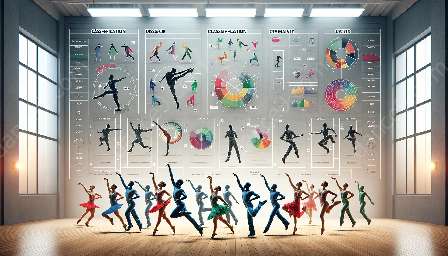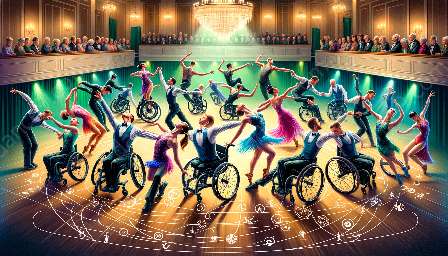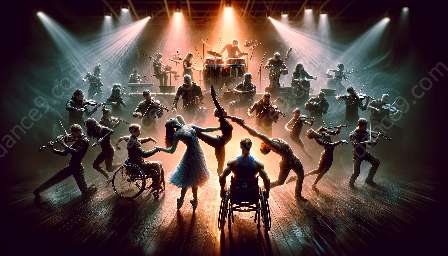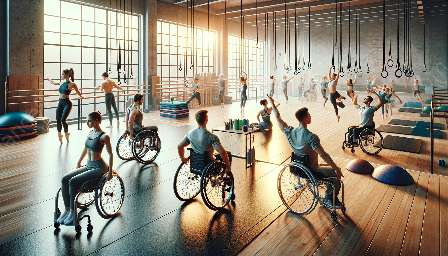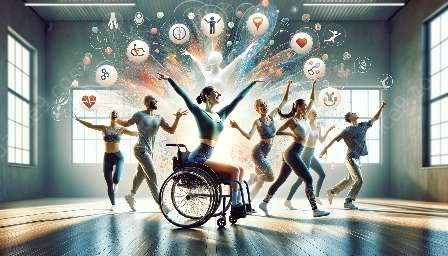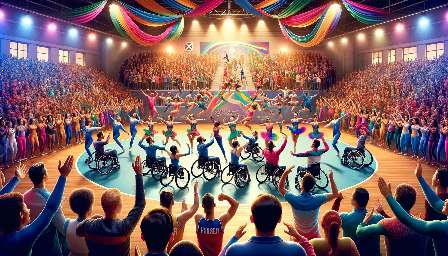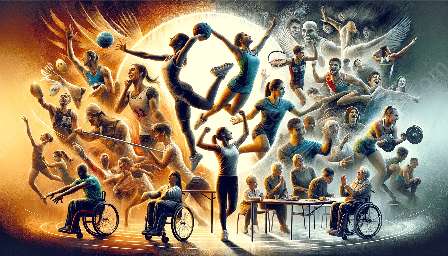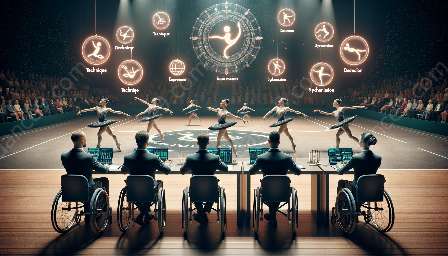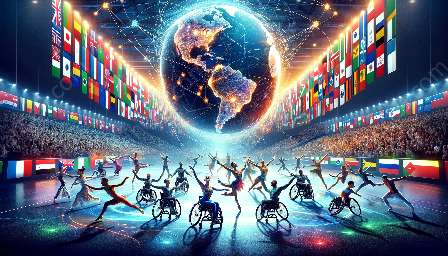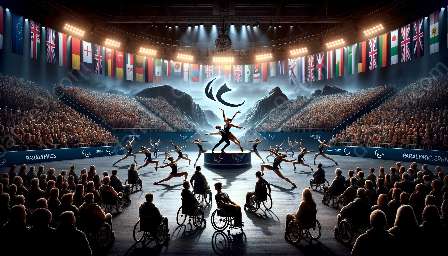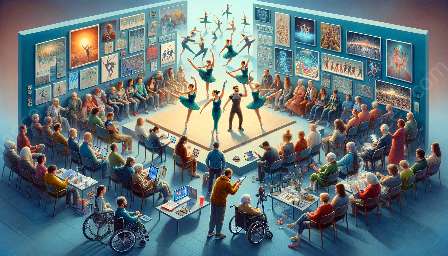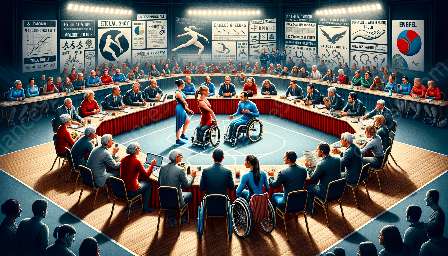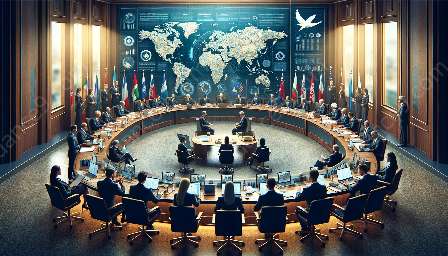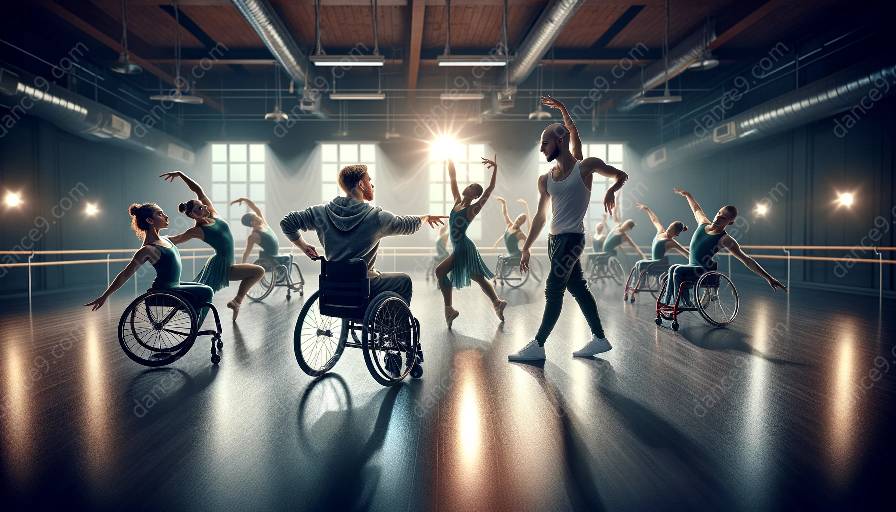Para Dance Sport represents an inclusive form of dance competition, allowing athletes with physical disabilities to showcase their talent and artistry. Choreographers face unique challenges in this versatile sport, requiring adaptive choreography and precise preparation for the World Para Dance Sport Championships. Understanding these challenges and discovering effective strategies to overcome them is crucial for supporting the growth and success of Para Dance Sport.
Adaptive Choreography: Embracing Inclusivity
One of the major challenges faced by choreographers in Para Dance Sport is creating adaptive choreography that accommodates the diverse needs and abilities of the athletes. Unlike traditional dance forms, Para Dance Sport requires choreographers to consider the dynamics of movement in non-traditional ways, such as incorporating wheelchairs or prosthesis into the choreography. This demands a deep understanding of biomechanics, balance, and the unique physical capabilities of each athlete.
Technical Precision and Artistic Expression
Choreographers in Para Dance Sport must balance technical precision with artistic expression. They need to craft routines that not only adhere to the intricate rules and regulations of the sport but also allow the performers to express themselves artistically. This duality presents a complex challenge, as choreographers strive to create routines that are both visually captivating and athletically demanding, while embracing the individuality and creativity of each dancer.
Training and Preparation for World Para Dance Sport Championships
Preparing athletes for the World Para Dance Sport Championships adds another layer of complexity for choreographers. The preparation process involves fine-tuning routines, ensuring seamless transitions, and refining the synchronization of movements, all while addressing the physical and emotional demands of competitive dance. Choreographers must also focus on the psychological aspects, supporting the athletes in managing performance anxiety and building mental resilience for the high-pressure championship environment.
Collaboration and AdvocacyEffective collaboration with athletes, coaches, and support staff is essential for choreographers. They need to foster an environment where communication flows freely and where each member's expertise is valued, contributing to the overall success of the team. Additionally, choreographers play a vital role in advocating for the recognition and expansion of Para Dance Sport, championing the importance of inclusivity, and breaking down barriers for athletes with disabilities.
Future of Choreography in Para Dance SportAs Para Dance Sport continues to evolve and gain recognition on a global scale, choreographers will encounter new challenges that require innovative solutions. Embracing technology, integrating diverse dance styles, and promoting inclusivity will be essential components of choreography in the future. By addressing these challenges, choreographers contribute to the advancement of Para Dance Sport, enriching the sport's landscape with creativity, diversity, and inclusivity.

